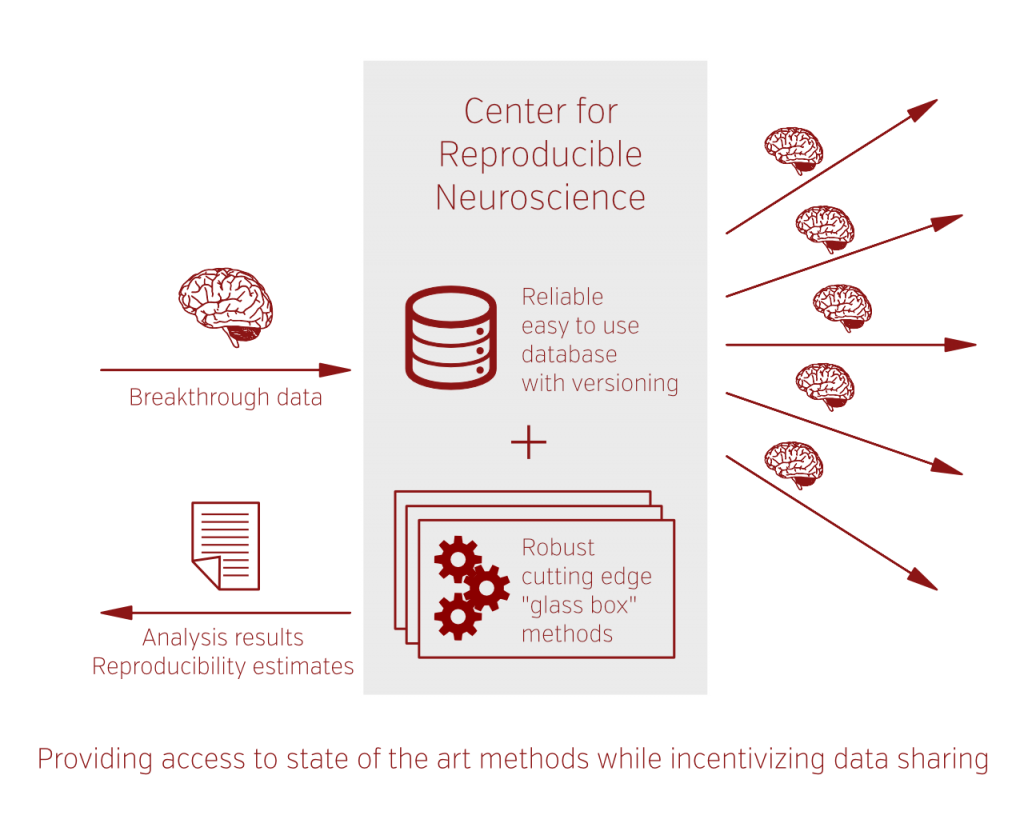Coding sprint for a new neuroimaging data processing platform
The CRN mission is to make the best neuroimaging methods easily available to researchers and at the same time incentivize them to share their data. To achieve this we have built an infrastructure that makes uploading data easy (thanks to the new BIDS standard). Once the data are uploaded, researchers can run preprocessing and analysis pipelines. All of this is available for free with a requirement to share the raw data after a certain embargo period.
We want to have a wide range of fMRI, DWI and structural MRI pipelines developed in different labs available on our platform. To facilitate this we are organizing a four-day long coding sprint (1-4 August 2016, hosted at Stanford University) during which methods developers will learn about the technical details of the platform (which is based on the Agave science-as-a-service API) and together we will work towards making their methods publicly accessible as a service through the CRN platform. We hope that providing neuroimaging data processing as a free service can lower the access barriers by avoiding the need for complex installation procedures or the need for individual access to high-performance computing resources.
In addition to porting data modelling methods we would also like to work together on best practices in preprocessing data (for both fMRI and DWI). This way all higher level analysis pipelines provided on our platform could use outputs of one preprocessing pipeline.
If you are a developing human brain MRI data processing method and are interested in expanding your user base by providing it as a service through the CRN platform you should join us at the coding sprint in August. It will a great opportunity to make your methods available to wide range of scientists and improve the impact of your research, as well as meeting some of the top software developers in the field. The list of confirmed guests includes:
- Tibor Auer (automatic analysis)
- Satra Ghosh (Nipype)
- Pierre Bellec (NIAK and PSOM)
- Mark Jenkinson (FSL)
- Guillaume Flandin (SPM)
- Cameron Craddock (C-PAC)
- Gael Varoquaux (nilearn)
- Stephen Strother (NPAIRS)
- Anders Eklund (Broccoli)
- Tal Yarkoni (NeuroScout)
- Hans Johnson (BRAINSTools, ITK, ANTs)
To apply for the sprint please email chrisgor@stanford.edu



Submit a comment